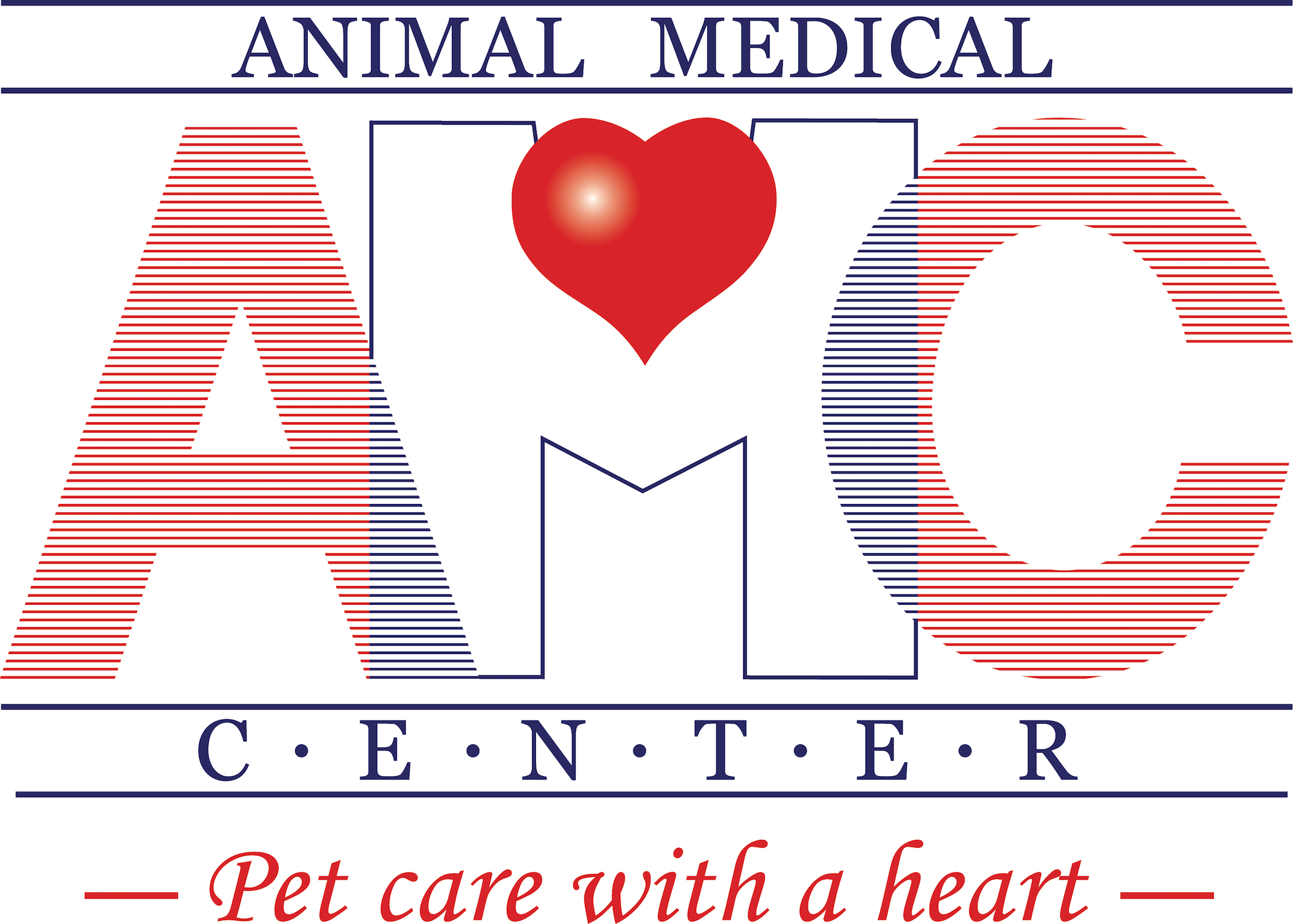Library
-
Grooming your dog can be a fun chore or a challenging one for many people. Depending on coat/hair type, medical conditions, and lifestyle factors, some dogs will need different levels of grooming care than others. A well-groomed dog is a sign of overall good health.
-
Dogs, in general, are amazing creatures. But service dogs like guide dogs, are true stand outs. In addition to traditional canine companionship, they play an integral role in the lives of the visually impaired.
-
Head down. Eyes averted. Shoulders hunched. Tail thumping the floor. Body retreating. Your pet looks guilty, maybe even apologetic, right? WRONG! Your pet’s body posture and attitude do not indicate guilt or remorse but represent a response to your body posture and attitude.
-
Head halters can provide better control and safety for some dogs. A proper fit with gentle leash handling and positive reinforcement training is required to make a head halter successful. Some dogs may find the head halters aversive, which means it is not the right tool for them.
-
This handout outlines the various health registries in existence that strive to improve the health of dogs and cats. Included in this list are the Canine Health Information Center, Orthopedic Foundation for Animals, Companion Animal Eye Registry, Animal Registry of Certified Health, and the Cat Phenotype and Health Information Registry. Also discussed are canine breed-specific registries, along with the National Pet Microchip Registration.
-
Just like humans, dogs derive health benefits from regular exercise. An important aspect of facilitating, enhancing, lengthening, and strengthening our relationships with our canine companions is to keep them strong and fit through physical activity.
-
Your older dog requires more care and attention to make sure they have the best quality of life. If they have certain medical conditions, that will factor into what they can do and how often they may need to see your family veterinarian. It's important to spend time with your dog not only for social interaction but to stimulate their mind.
-
Osteoarthritis (OA) is a progressive, degenerative disease that worsens over time. This handout discusses steps you can take to help your dog deal with osteoarthritis (OA) or degenerative joint disease (DJD). In addition to medications that may be prescribed by your veterinarian, other treatment options such as weight loss, exercise, and complementary therapies such as chiropractic and physiotherapy are outlined.
-
An aural hematoma is a collection of blood between the cartilage and skin of the ear flap. It is most usually caused by trauma but can also be due to a bleeding disorder. Hematomas in dogs can be treated in different ways but should be treated early to minimize pain and disfigurement. If an underlying cause is determined such as otitis externa, this needs to be treated as well. Hematomas may eventually resolve on their own, but there is a risk of cauliflower ear and they are painful, so prompt treatment is recommended.
-
Hemophilia A and B are clotting disorders involving a deficiency of a specific clotting factor (A: Factor VIII, B: Factor IX) needed for appropriate homeostasis. They are caused by a sex-linked recessive genetic mutation. Affected dogs will show inappropriate hemorrhage including bruising, lameness induced by bleeding into joints and body cavity hemorrhage. It can be diagnosed with a slow APTT and demonstrating low levels of the factor involved. Hemophilia A is more common than B and is generally, more severe. Because it is sex-linked recessive, males are more likely to be affected than females but females still act as carriers, so genetic screening is important prior to breeding to prevent this disease.

